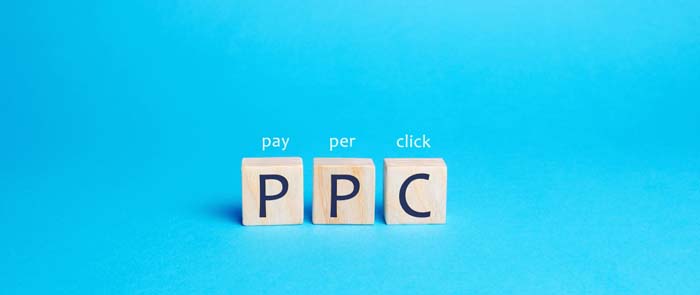Six Factors That Make A Unique PPC Page
Before we begin, let’s define what a PPC landing page is. A PPC landing page is a one-of-a-kind web page that you’ll use in a paid campaign like AdWords, Bing Ads, or something similar. Visitors are guided to a landing page after clicking through on a pay-per-click ad. They often have fewer “extra” details and internal links than a traditional website page, in an attempt to keep customers from being distracted and abandoning their conversion.
6 Factors that Make a Unique PPC Page
Let’s look at the design of a PPC landing page template now that you know the importance of ad group-specific landing pages.
1. Title of the page
The title of your PPC landing page must fit the ad copy that brought the user there in the first place. Users are more likely to bounce as soon as they click on the ad if there is a disconnect between the ad copy and the page title.
When writing a title for a PPC landing page, keep it short but descriptive. Just by looking at the title, users should be able to get a sense of what the landing page is about.
2. Supportive Copy and Concise Headlines
Don’t waste time writing lengthy descriptions of the goods or services. It’s important to keep the headline and supporting copy brief and to-the-point. Users should be able to quickly scan the headlines and pick out the details that matters to them.
3. Indicators of trust
Now is the time to put the best testimonials, popular press mentions, brand logos, and supportive user feedback to work for you. Highlighting certifications that will resonate with your target audience is another way to demonstrate trustworthiness. Adding confidence indicators to your PPC landing pages, whatever they are, will demonstrate your commitment to your customers and reinforce your expertise.
A sale may be made or broken based solely on the factor of trust. People will not buy from you if they do not trust you.
4. Make a call – to – action
A PPC landing page strategy must include clearly specified calls to action (CTAs). The copy for a call to action can’t be ambiguous. Avoid phrases like “learn more,” “order now,” and “subscribe.” Make sure the CTA is noticeable and prominent above the fold when it comes to placement. There’s a better chance a user won’t convert if they have to scroll to find the CTA.
5. Eye-catching visuals or video
Users can gain a better understanding of your product or service if you use compelling visuals. Whatever the offer is, combining informative headlines and supporting copy with a visual prompt is always beneficial.
Consider your picture and/or video inventory when creating your PPC landing page, and choose a few assets that will help you get your deal value over the finish line.
6.Negative Space
You’re not trying to get your PPC page to rank in organic search results as you are for your daily sites. That is to say, you don’t have to cram as much detail as you possibly can into those pages. It’s important to keep the design easy and clutter-free. Negative space (also known as white space) can be included in the landing page template.
Consider negative space to be a break between your sale points or a breathing space for your consumers. It is easier for the user to consume the information on the website when it is divided into meaningful and clearly specified parts.
To know more about PPC, visit maxleadstech.com; the best digital marketing company in Malaysia.


Write a Comment